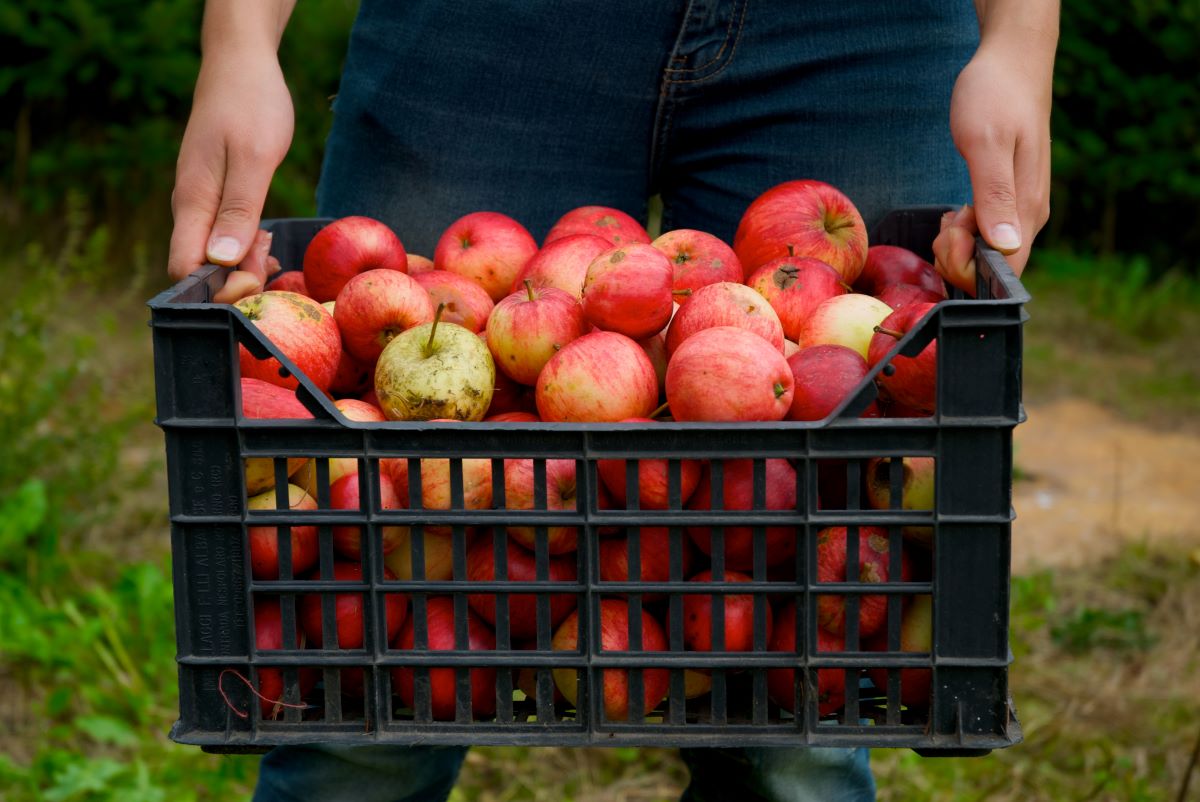

Articles
How To Store Apples After Picking
Modified: February 24, 2024
Learn how to properly store freshly picked apples to ensure their freshness and longevity. Discover valuable tips and techniques in this informative article.
(Many of the links in this article redirect to a specific reviewed product. Your purchase of these products through affiliate links helps to generate commission for Storables.com, at no extra cost. Learn more)
Introduction
Apples are a delicious and versatile fruit that can be enjoyed in numerous ways. Whether you have just harvested a bumper crop from your backyard orchard or picked up a bushel at the local farmer’s market, proper storage is crucial to maintain their freshness and flavor. Storing apples correctly will not only help them last longer but also ensure that you can enjoy their crispness and sweetness for weeks, or even months, to come.
When it comes to storing apples, there are a few key factors to consider. Temperature, humidity, ventilation, and light exposure all play a role in maintaining the quality and shelf life of your apples. Additionally, proper sorting, cleaning, and choosing the right storage containers are essential steps to take before putting your apples away.
In this article, we will explore the best practices for storing apples after picking. By following these guidelines, you can maximize the longevity and taste of your apples, enabling you to enjoy them well beyond the season in which they were harvested.
Key Takeaways:
- Proper storage of apples involves sorting, cleaning, and choosing the right containers to maintain freshness. Ideal temperature, humidity, and ventilation are crucial for long-term apple preservation.
- Avoiding ethylene gas exposure, preventing direct sunlight, and exploring long-term storage options can extend the shelf life of apples, ensuring deliciousness beyond the harvest season.
Read more: How To Store Picked Apples
Best Practices for Storing Apples
To ensure the longevity and freshness of your apples, follow these best practices for storing them:
- Sorting and Inspection: Before storing, carefully sort through your apples and remove any damaged or bruised ones. These fruits can release ethylene gas, which speeds up the ripening process and can cause nearby apples to spoil.
- Cleaning the Apples: Give your apples a gentle wash to remove any dirt or residue. Use cool water and a soft brush to scrub away any debris. Ensure that the apples are completely dry before storing them, as excess moisture can promote rotting.
- Choosing the Right Storage Containers: Opt for breathable containers such as wooden crates, mesh bags, or cardboard boxes. These allow for better air circulation, preventing humidity buildup and reducing the risk of rotting. Avoid airtight plastic bags, as they can trap moisture and promote decay.
- Ideal Temperature and Humidity Levels: Apples prefer cooler temperatures between 30-35°F (-1 to 2°C). A cool basement, root cellar, or refrigerator can provide suitable conditions. It is important to maintain a steady humidity level of around 90%. Consider using a humidity monitor or placing a tray of water near the apples to help regulate moisture.
- Avoiding Ethylene Gas: Apples are known to produce ethylene gas, which accelerates the ripening process. Prevent the gas from affecting other fruits and vegetables by storing apples separately or using ethylene-absorbing products such as activated charcoal or produce bags designed to reduce ethylene exposure.
- Proper Ventilation: Ensure proper airflow around the stored apples to prevent moisture accumulation and the growth of mold or bacteria. Avoid overcrowding the containers to allow for adequate ventilation. Check for any signs of spoilage regularly and remove any affected apples promptly.
- Avoiding Direct Sunlight: Exposure to sunlight can cause the skin of apples to break down and accelerate the ripening process. Store apples in a dark or dimly lit area to maintain their quality.
- Checking and Rotating Apples Regularly: Periodically inspect your stored apples and remove any that have started to rot. Additionally, gently rotate the apples to distribute any pressure points and ensure even ripening.
- Long-term Storage Options: If you plan to store apples for an extended period, consider other preservation methods such as canning, freezing, or dehydrating. These methods can help you enjoy the flavor and benefits of apples for months to come.
By following these best practices, you can prolong the freshness and flavor of your apples, allowing you to enjoy them well beyond the harvest season.
Sorting and Inspection
Before storing your apples, it is crucial to carefully sort and inspect them to ensure that only the best-quality fruits are stored. Here’s why sorting and inspection is important and how to do it effectively:
Why Sort and Inspect: Removing any damaged or bruised apples before storage is essential because these fruits can release ethylene gas. Ethylene gas is a natural compound that accelerates the ripening process in fruits and vegetables. If damaged apples are stored along with other apples, they can cause nearby fruits to ripen and spoil faster.
How to Sort and Inspect: Start by visually inspecting each apple for any blemishes, bruises, or signs of molding. Remove any damaged apples from the batch. You can either consume them immediately or set them aside for immediate use in recipes or juicing.
When inspecting apples, pay attention to any soft spots or discoloration on the skin. These are clear indications that the apple has been damaged and may not last long in storage. Additionally, check for any signs of pest infestation, such as holes or tunnels. Discard any apples with pest damage to prevent further spread.
Sorting the apples can be done based on size, variety, or level of ripeness. This can help you keep track of which apples to consume first, as different varieties have varying shelf lives. Arrange the sorted apples in separate containers or bins to prevent cross-contamination and ensure easy access when needed.
By sorting and inspecting your apples before storage, you can prevent the risk of spoiling other fruits and ensure that you are storing only the best-quality apples for long-term use.
Cleaning the Apples
Cleaning your apples before storage is an important step in maintaining their freshness and minimizing the risk of contamination. Here’s why cleaning is necessary and how to do it effectively:
Why Clean Apples: Apples can accumulate dirt, pesticides, wax, and other residues during the growing and harvesting process. Cleaning them helps to remove these contaminants, ensuring that you consume clean and safe fruits.
How to Clean Apples: To clean your apples, start by rinsing them under cool running water. Gently rub the surface of each apple using your fingertips or a soft brush to remove any dirt or debris. Pay extra attention to the stem and the bottom of the apple where dirt can get trapped.
Avoid using any soap or detergent to clean the apples, as these substances can leave behind a residue that may alter the flavor or texture of the fruit. It is best to stick to water alone for cleaning.
For stubborn residues such as wax, which is commonly applied to apples to enhance their appearance and shelf life, you can use a mixture of water and vinegar. Fill a bowl with equal parts water and vinegar and soak the apples for a few minutes. Then, rinse them thoroughly under cool water to remove any vinegar residue.
Once the apples are clean, allow them to air dry completely before storing. Excess moisture can promote the growth of mold and bacteria, leading to spoilage.
By taking the time to properly clean your apples before storage, you can enjoy fresh and contaminant-free fruits throughout the storage period.
Choosing the Right Storage Containers
When it comes to storing your apples, selecting the appropriate storage containers is crucial. The right containers can help maintain proper airflow, prevent moisture buildup, and protect your apples from external factors. Here’s what you need to consider when choosing storage containers:
1. Breathable Containers: Opt for containers that allow for adequate airflow. Wooden crates, mesh bags, or cardboard boxes are excellent choices as they provide ventilation to prevent excessive moisture buildup. Avoid using airtight plastic bags or containers that can trap moisture, leading to rotting.
2. Size and Capacity: Consider the quantity of apples you have and choose containers that can accommodate them without overcrowding. Overcrowding can lead to bruising and interfere with proper air circulation. It is better to use multiple smaller containers rather than one large container to ensure proper storage conditions.
3. Sturdy and Clean: Ensure that the containers you select are clean, free of any contaminants, and in good condition. Check for any signs of mold, pests, or damage that could affect the quality of your apples. Clean the containers thoroughly with mild soap and water before use.
4. Stackability: If you have limited storage space, consider containers that can be easily stacked without compromising airflow. This will help maximize the use of available space while still maintaining proper ventilation for the apples.
5. Portability: If you plan to transport or move your stored apples frequently, consider containers with handles or wheels for convenience. This will make it easier to handle and transport the apples without causing unnecessary damage.
Remember to label your storage containers with the variety and date of the apples. This will help you keep track of the storage time and ensure that you consume the oldest apples first.
By choosing the right storage containers, you can create an optimal environment for your apples, ensuring their longevity and preserving their quality for an extended period.
Read more: How To Store Freshly Picked Apples
Ideal Temperature and Humidity Levels
The temperature and humidity levels in which you store your apples play a significant role in their shelf life and overall quality. Apples require specific conditions to maintain their freshness and crispness. Here’s what you need to know about the ideal temperature and humidity levels for storing apples:
Temperature: Apples prefer cool temperatures between 30-35°F (-1 to 2°C). This range is crucial in slowing down the ripening process and extending the shelf life of the fruit. It is essential to avoid storing apples at higher temperatures, as they can ripen too quickly and become mealy or soft.
Consider storing your apples in a cool basement, root cellar, or refrigerator to maintain a consistent temperature. If using a refrigerator, keep the apples away from other fruits and vegetables, as apples produce ethylene gas, which can accelerate ripening in surrounding produce.
Humidity: Apples require a moderately high humidity level for optimal storage. Aim for a humidity level around 90% to prevent the fruit from drying out. Excessively dry conditions can cause the apples to shrivel, while overly moist conditions can promote the growth of mold and bacteria.
One way to maintain the proper humidity level is by placing a tray of water near the apples during storage. The water will evaporate gradually and help maintain a moist environment around the apples. Alternatively, you can use a humidity monitor to track and adjust the humidity levels as needed.
It’s important to note that different apple varieties have varying storage requirements. Some apples, such as Granny Smith or Fuji, can tolerate slightly lower temperatures, while others, like Golden Delicious or Red Delicious, are more sensitive to cold temperatures. Check the specific recommendations for each apple variety you’re storing to ensure the optimum storage conditions.
By maintaining the ideal temperature and humidity levels for your stored apples, you can prolong their freshness, texture, and flavor, allowing you to enjoy the deliciousness of apples for an extended period.
Store apples in a cool, dark place with good air circulation, such as a basement or refrigerator. Keep them away from other fruits to prevent ripening. Check regularly for any spoiled apples and remove them to prevent spoilage of the others.
Avoiding Ethylene Gas
Ethylene gas is a naturally occurring compound that is released by certain fruits, including apples. It plays a significant role in the ripening process of fruits and can accelerate the spoilage of nearby produce. To extend the shelf life of your apples and prevent them from prematurely spoiling, it is essential to take measures to avoid ethylene gas exposure. Here’s how:
Separate Apples from Other Fruits: Store your apples separately from other fruits and vegetables. Apples produce higher levels of ethylene gas compared to many other fruits. By keeping them separate, you can prevent the gas from affecting the surrounding produce and causing rapid ripening or decay.
Use Ethylene-Absorbing Products: There are products available in the market that can help absorb or remove ethylene gas from the storage environment. Activated charcoal sachets or ethylene-absorbing fruits and vegetable bags are great options. These products help to neutralize the ethylene gas, extending the shelf life of your apples and other produce.
Monitor and Rotate Stored Apples: Regularly check your stored apples for any signs of ripening or spoilage. Remove any apples that show signs of decay or are overripe to prevent the spread of ethylene gas within the storage area. Gently rotate the remaining apples to ensure even exposure to air and prevent pressure points that can lead to bruising or spoilage.
Quick Consumption of Ripe Apples: If you have ripe apples that are ready to be eaten, it is best to consume them promptly. Ripe apples release more ethylene gas, which can accelerate the ripening process of other fruits and vegetables nearby.
Store Apples with Ethylene-Sensitive Produce: If you intentionally want to accelerate the ripening process of other fruits or vegetables, you can store ripe apples with ethylene-sensitive produce. This can be useful if you need fruits like avocados or bananas to ripen more quickly.
By taking precautionary measures to avoid ethylene gas exposure, you can maintain the freshness and quality of your apples for a longer time. These practices will help ensure that your apples are not only delicious but also free from premature spoilage.
Proper Ventilation
Proper ventilation is essential when storing apples to maintain their quality and prevent the growth of mold or bacteria. Adequate airflow around the apples helps to regulate temperature, minimize moisture buildup, and prevent the formation of condensation. Here are some tips to ensure proper ventilation when storing your apples:
Avoid Overcrowding: Do not overcrowd your storage containers with too many apples. Overcrowding can restrict airflow and lead to the accumulation of moisture, increasing the risk of spoilage. Ensure that there is enough space for air to circulate around each apple.
Use Breathable Containers: Choose containers that allow for proper airflow. Wooden crates, mesh bags, or cardboard boxes are excellent options as they facilitate air circulation. These containers help prevent excessive humidity and condensation, keeping the apples dry and fresh.
Elevate the Apples: Elevate your storage containers slightly by placing them on racks or pallets. This allows air to circulate not only around the sides but also underneath the containers, promoting ventilation and preventing the buildup of moisture.
Periodically Rotate the Apples: Gently rotate the apples within the storage containers every few weeks. This helps to distribute any pressure points and ensures that each apple receives ample airflow and does not become compressed or bruised in one spot.
Regularly Check for Mold or Decay: Keep a close eye on your stored apples and inspect them regularly for any signs of mold or decay. Mold can spread quickly, especially in humid conditions. Promptly remove any affected apples to prevent the spread of mold to the rest of your stored produce.
Avoid Sealed or Airtight Containers: Airtight containers can trap moisture and hinder proper airflow. Avoid using tightly sealed containers, such as plastic bags or jars, as they can create a humid environment that promotes spoilage. Opt for breathable containers that allow for air exchange.
By ensuring proper ventilation, you can create an environment that discourages the growth of mold and bacteria, keeping your apples fresh and flavorful for an extended period.
Avoiding Direct Sunlight
Avoiding direct sunlight is crucial when storing apples, as exposure to sunlight can cause them to deteriorate quickly. The ultraviolet (UV) rays in sunlight can affect the skin of the apples, leading to discoloration, loss of moisture, and accelerated ripening. Here’s why it’s important to store apples away from direct sunlight and how to protect them:
Preventing Skin Damage: Apples are vulnerable to sunburn, just like human skin. Prolonged exposure to direct sunlight can cause the skin of apples to develop brown spots, wrinkling, or scalding. These cosmetic changes not only affect the appearance of the apples but can also lead to the breakdown of the fruit’s protective barriers and hasten spoilage.
Accelerating Ripening Process: Direct sunlight can increase the temperature around the apples, causing them to ripen more quickly. This can lead to a loss of crispness and firmness, making the apples soft and less enjoyable to eat.
Shielding from Sunlight: Store your apples in a dark or dimly lit area, away from direct sunlight. Choose a cool location such as a basement, pantry, or interior closet. If storing apples in a refrigerator, place them in the crisper drawer away from the light source.
Use Opaque Containers: Opt for containers that are opaque or have lids to keep out sunlight. This will provide an additional layer of protection against UV rays. Wooden crates, cardboard boxes, or opaque plastic bins are suitable options for storing apples and preventing sun exposure.
Maintain Cool Temperatures: Besides shielding apples from sunlight, be sure to store them at the proper temperature range of 30-35°F (-1 to 2°C). Cooler temperatures help slow down the ripening process and keep the apples fresh for a longer time.
Monitor and Rotate: Regularly check your stored apples for any signs of sunburn or damage. If you notice any affected apples, remove them promptly to prevent further deterioration. It’s also a good practice to rotate the apples occasionally to ensure even exposure to light and temperature.
By keeping your apples away from direct sunlight, you can preserve their appearance, taste, and texture. This ensures that when you’re ready to enjoy them, they are in the best possible condition.
Read more: How To Store Strawberries After Picking
Checking and Rotating Apples Regularly
Regularly checking and rotating your stored apples is an important practice to maintain their quality and prevent spoilage. Checking the apples allows you to identify any signs of decay or mold, while rotating helps ensure even ripening and distribution of air circulation. Here’s why checking and rotating your apples is crucial and how to do it effectively:
Identifying Decay and Mold: Apples can decay over time, especially if any of them were damaged or had imperfections at the time of storage. By regularly inspecting your apples, you can identify any signs of decay, mold, or softening. These spoiled apples should be removed immediately to prevent the spread of spoilage to the surrounding fruits.
Preventing Cross-Contamination: By checking your stored apples, you can identify any apples that may be affecting the quality of others. Apples that have started to rot can release ethylene gas, which speeds up the ripening process of nearby fruits and leads to premature spoilage. Regularly removing any spoiled apples helps prevent cross-contamination and protects the overall quality of your stored produce.
Rotating for Even Ripening: Apples that are stored for a long period may ripen unevenly or develop pressure points. Gently rotating the apples within the container every couple of weeks helps distribute the ethylene gas and promotes even ripening. It also ensures that each apple receives proper air circulation, reducing the risk of spoilage caused by prolonged contact with other apples or the container itself.
Monitoring Storage Conditions: Checking and rotating the apples gives you an opportunity to assess the storage conditions and make any necessary adjustments. You can ensure that the humidity level is adequate, there are no signs of excessive moisture, and the temperature remains within the recommended range. Any issues that arise can be addressed promptly to maintain optimal storage conditions for the apples.
Labeling and Organizing: As you check and rotate your apples, it’s helpful to keep them organized and labeled by variety and date of storage. This allows you to easily track the storage time and prioritize consuming the oldest apples first. Labeling can also help you identify specific varieties or apples that require different storage conditions or have shorter shelf lives.
Regularly checking and rotating your stored apples ensures that you catch any issues early on, promote even ripening, and maintain the freshness and quality of your apples throughout their storage period.
Long-term Storage Options
If you have a large quantity of apples or want to enjoy them beyond their usual shelf life, long-term storage options can help preserve their freshness and flavor. Here are some methods for long-term apple storage:
Canning: Canning apples allows you to enjoy them year-round. You can preserve apples in various forms, such as applesauce, apple pie filling, or apple slices. Follow proper canning techniques and use appropriate jars and lids to ensure safe preservation. Canned apples can be stored in a cool, dark pantry for up to a year.
Freezing: Freezing apples is another excellent long-term storage option. You can freeze them either in slices or as applesauce. To freeze apple slices, peel, core, and cut the apples into desired shapes, then blanch them briefly in boiling water to preserve their texture. Pack the cooled slices into freezer bags or containers, remove excess air, and store them in the freezer for up to a year. For applesauce, cook the apples until soft, blend them to a smooth consistency, and freeze in airtight containers or freezer bags.
Dehydrating: Dehydrating apples removes their moisture, allowing them to be stored for an extended period. You can use a dehydrator or an oven set to a low temperature to dry apple slices until they become crispy. Store the dehydrated apples in airtight containers or vacuum-sealed bags in a cool, dark place. Properly dehydrated apples can last for several months, and rehydrating them later can be a lovely addition to baked goods, trail mixes, or as a healthy snack.
Cellaring: If you have access to a suitable root cellar or cool basement, you can store apples in shallow boxes or crates lined with straw or shredded paper. Make sure the apples are not touching each other to prevent the spread of rot. Monitor the temperature and humidity levels regularly to ensure optimal storage conditions. With proper cellaring, apples can last several months, allowing you to enjoy fresh fruit even during the winter months.
Preserving as Apple Butter or Jam: Making apple butter or jam is a delicious way to extend the storage life of apples. By cooking the apples down with sugar and spices, you create a flavorful spread that can be enjoyed on toast, with pastries, or as a filling for desserts. Properly sealed and stored in sterilized jars, apple butter or jam can last for up to a year in a cool, dark pantry.
Choose the long-term storage method that suits your preferences and the amount of time you want to store your apples. Each method offers a unique way to enjoy the taste of apples beyond the harvest season.
Conclusion
Proper storage is essential to prolong the freshness, flavor, and shelf life of your apples. By following these best practices for storing apples after picking, you can ensure that your apples stay delicious and enjoyable to eat for weeks, or even months, to come.
Sorting and inspecting your apples before storage helps to remove any damaged or bruised fruits that can release ethylene gas and spoil neighboring apples. Cleaning the apples eliminates dirt, pesticides, and residues, ensuring that you consume clean and safe produce.
Choosing the right storage containers, such as breathable crates or mesh bags, allows for proper airflow and reduces the risk of moisture buildup and rot. Maintaining ideal temperature and humidity levels, between 30-35°F (-1 to 2°C) and around 90% humidity, respectively, helps slow down the ripening process and prevent drying or decay.
Avoiding ethylene gas exposure, whether by storing apples separately or using ethylene-absorbing products, ensures that other fruits and vegetables remain fresh. Proper ventilation, achieved by avoiding overcrowding, elevating containers, and regularly rotating the apples, prevents moisture buildup, mold growth, and uneven ripening.
Protecting apples from direct sunlight helps to preserve their appearance and crispness, while checking and rotating them regularly allows you to identify and remove any spoiled fruits. Lastly, if you have a large quantity of apples, exploring long-term storage options such as canning, freezing, dehydrating, or cellaring can extend their usability and enjoyment beyond the harvest season.
In conclusion, by following these best practices, you can store your apples effectively and maximize their shelf life. By ensuring proper sorting, cleaning, choosing the right containers, maintaining optimal storage conditions, and utilizing long-term storage options, you can savor the flavor of apples long after they’ve been picked.
Frequently Asked Questions about How To Store Apples After Picking
Was this page helpful?
At Storables.com, we guarantee accurate and reliable information. Our content, validated by Expert Board Contributors, is crafted following stringent Editorial Policies. We're committed to providing you with well-researched, expert-backed insights for all your informational needs.
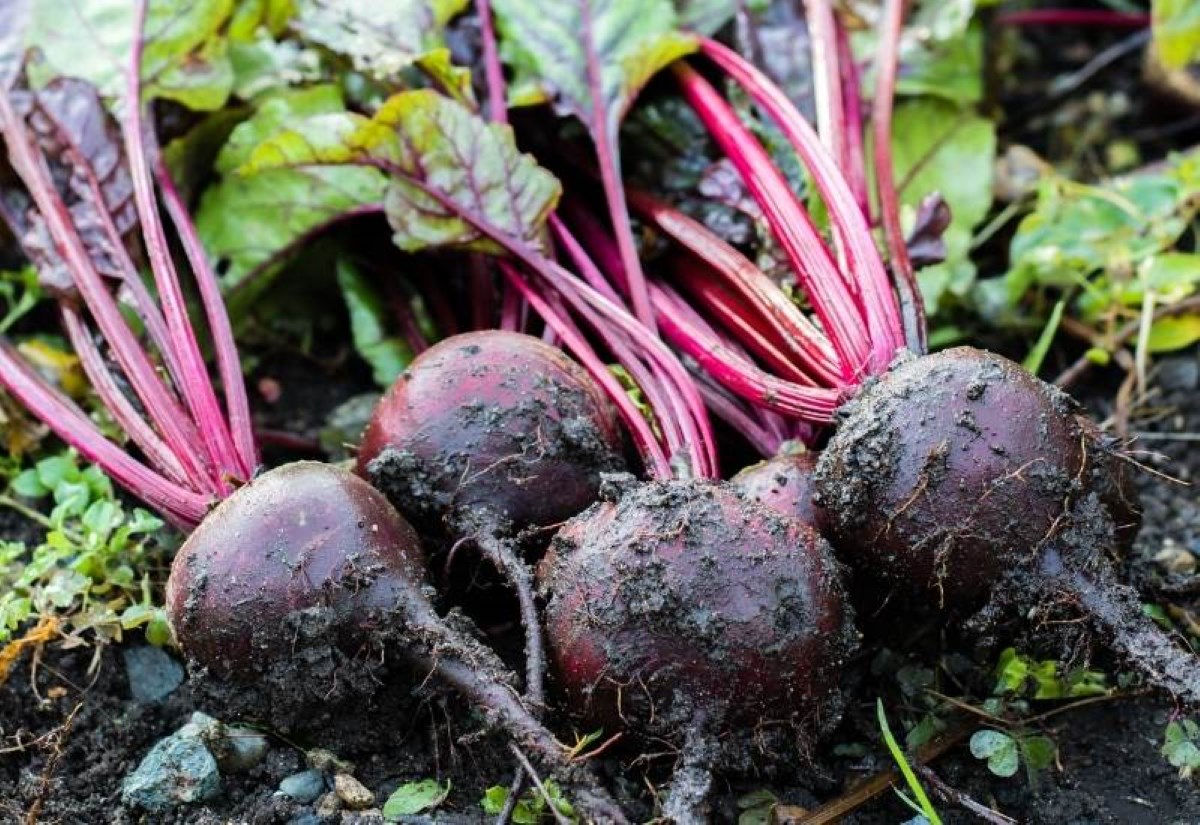
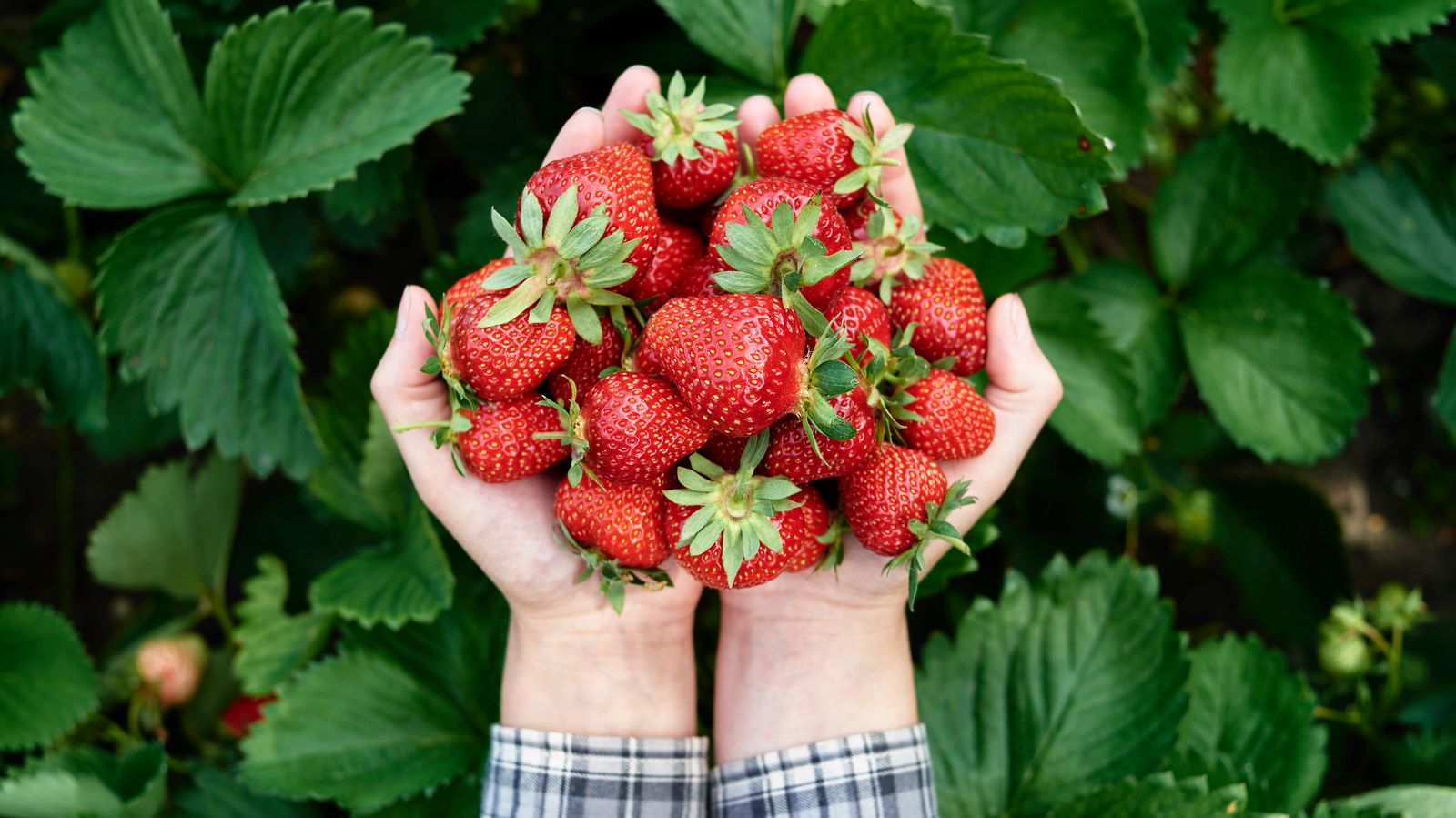
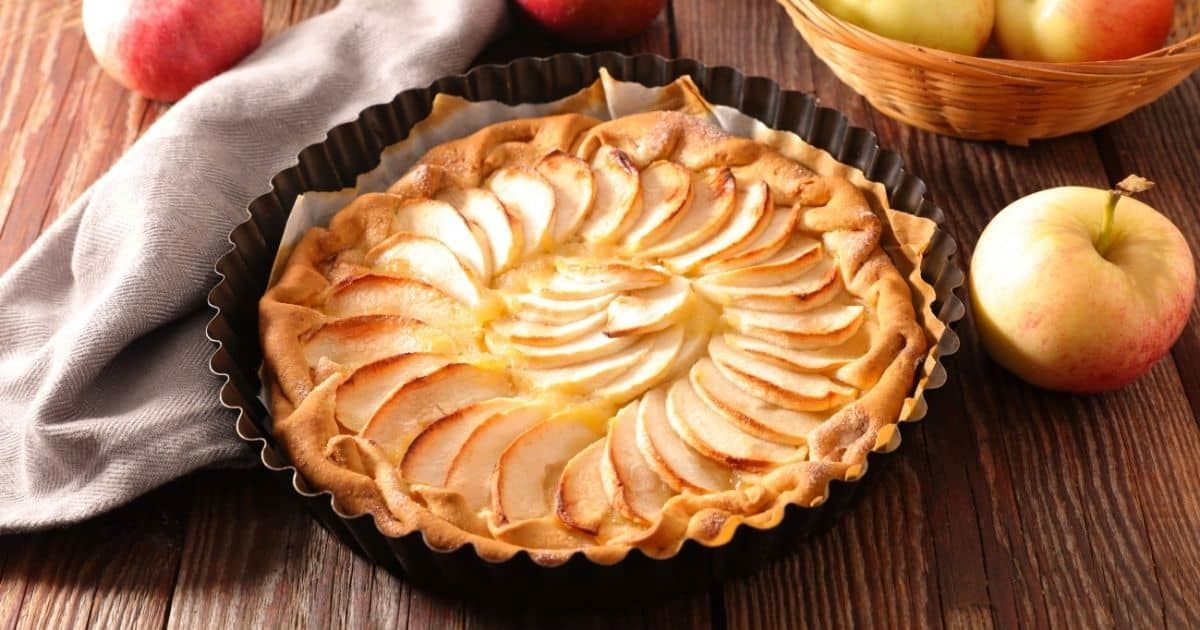
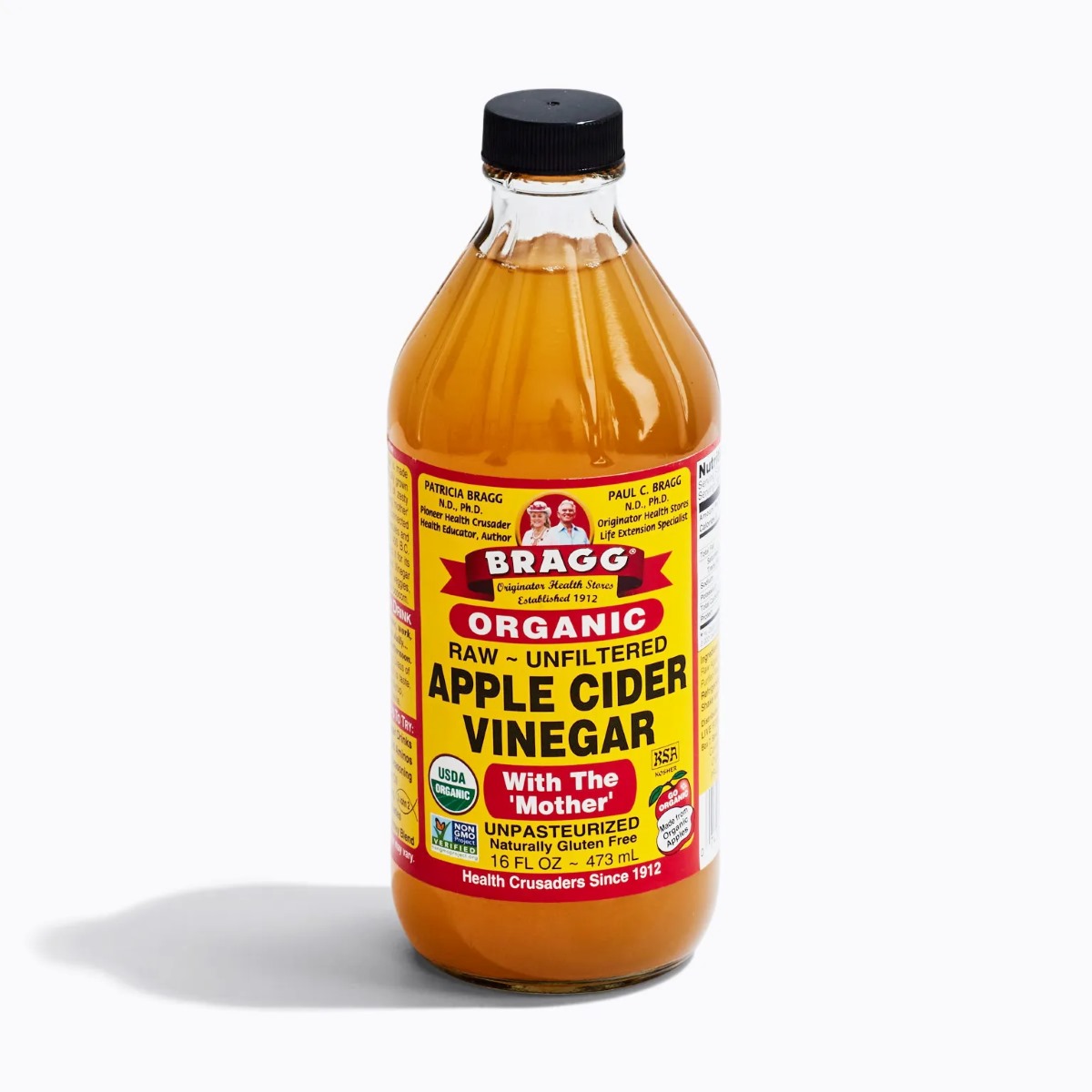
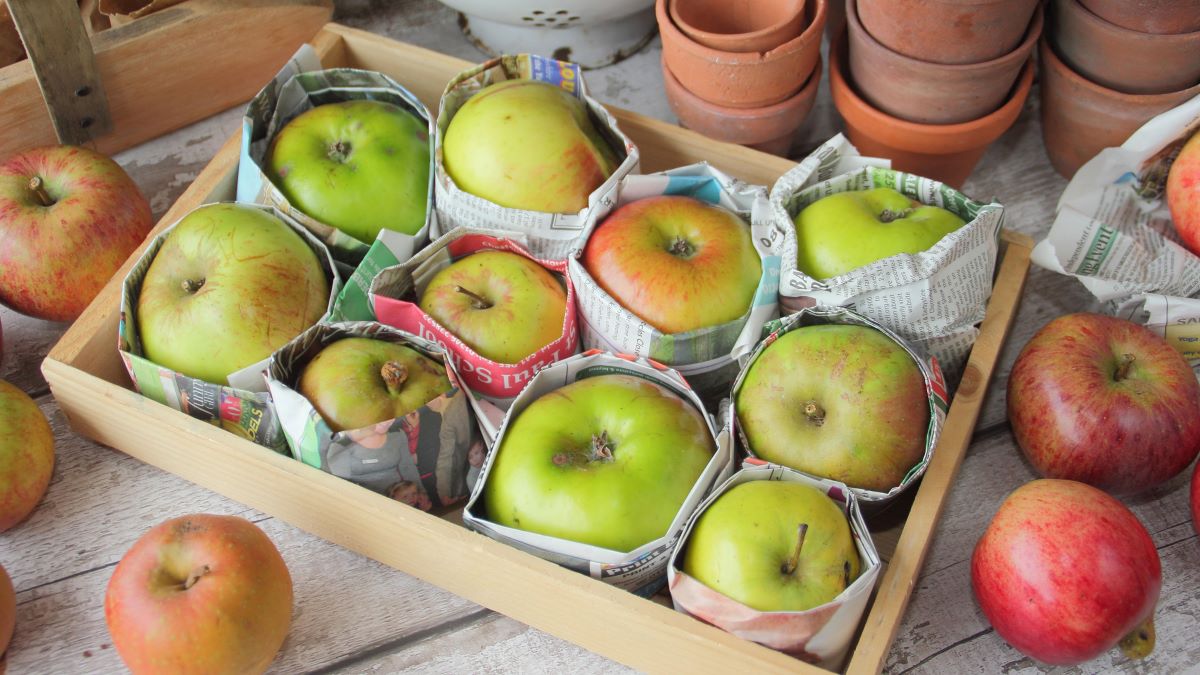

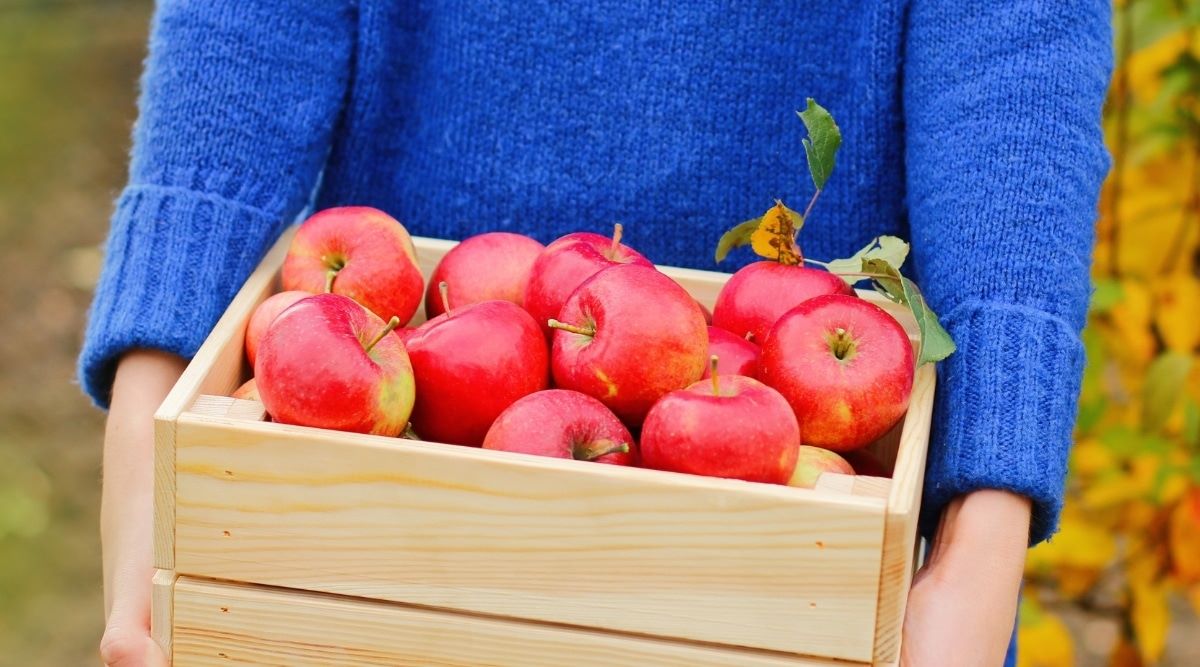
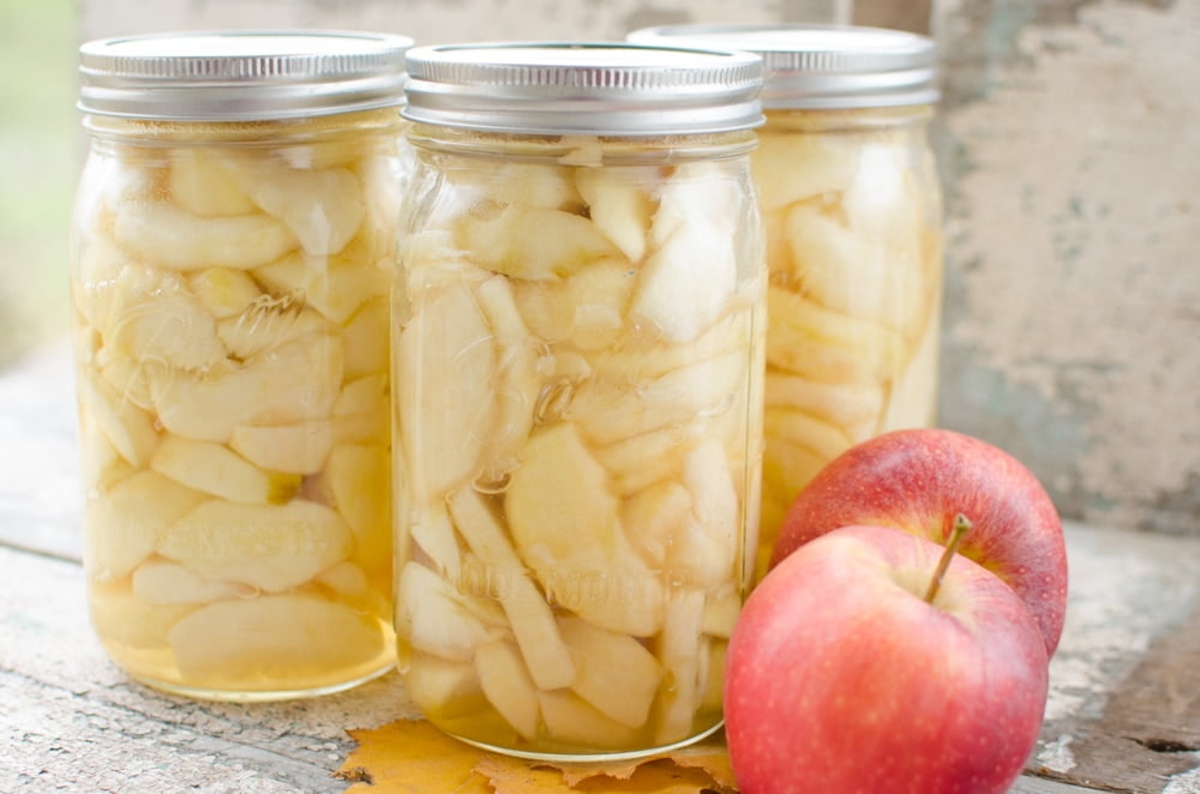
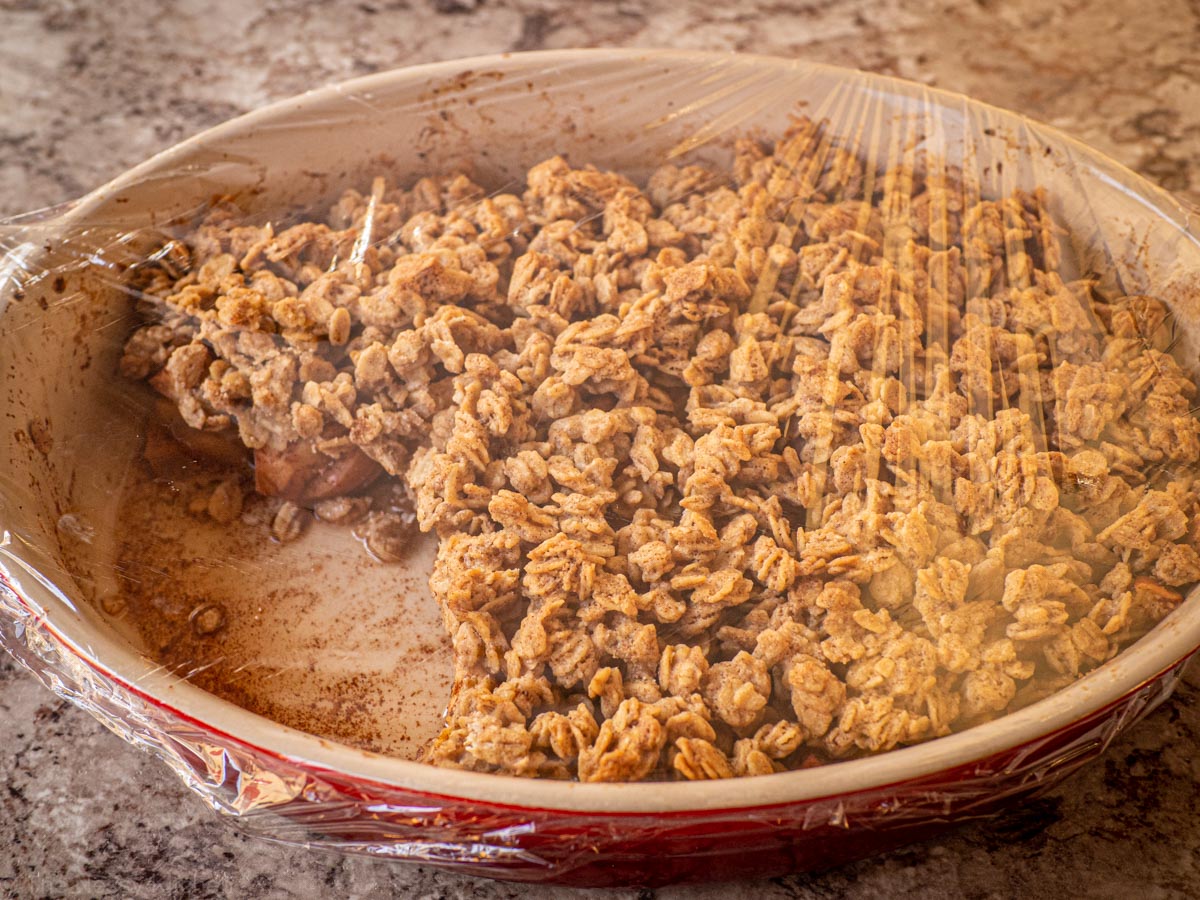
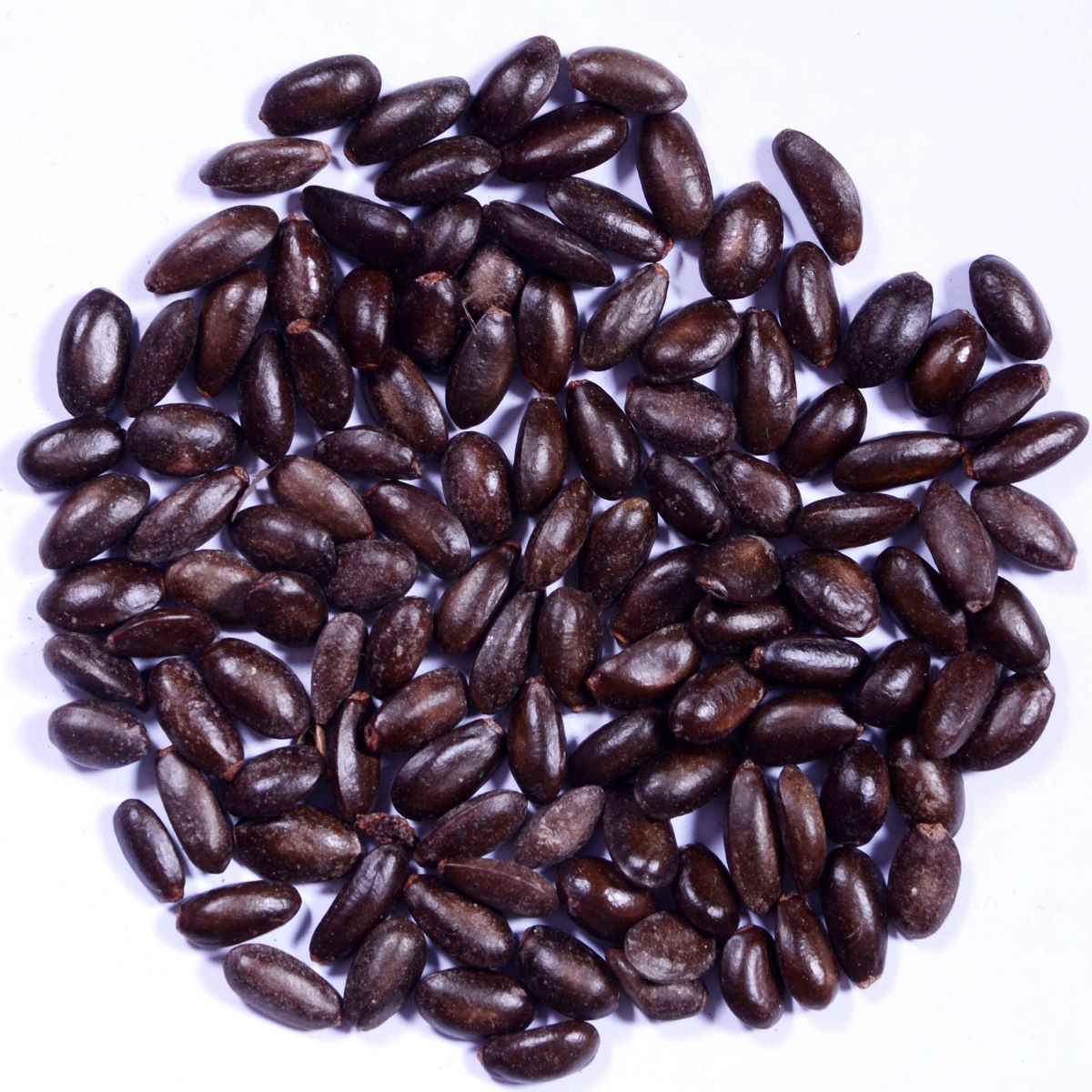
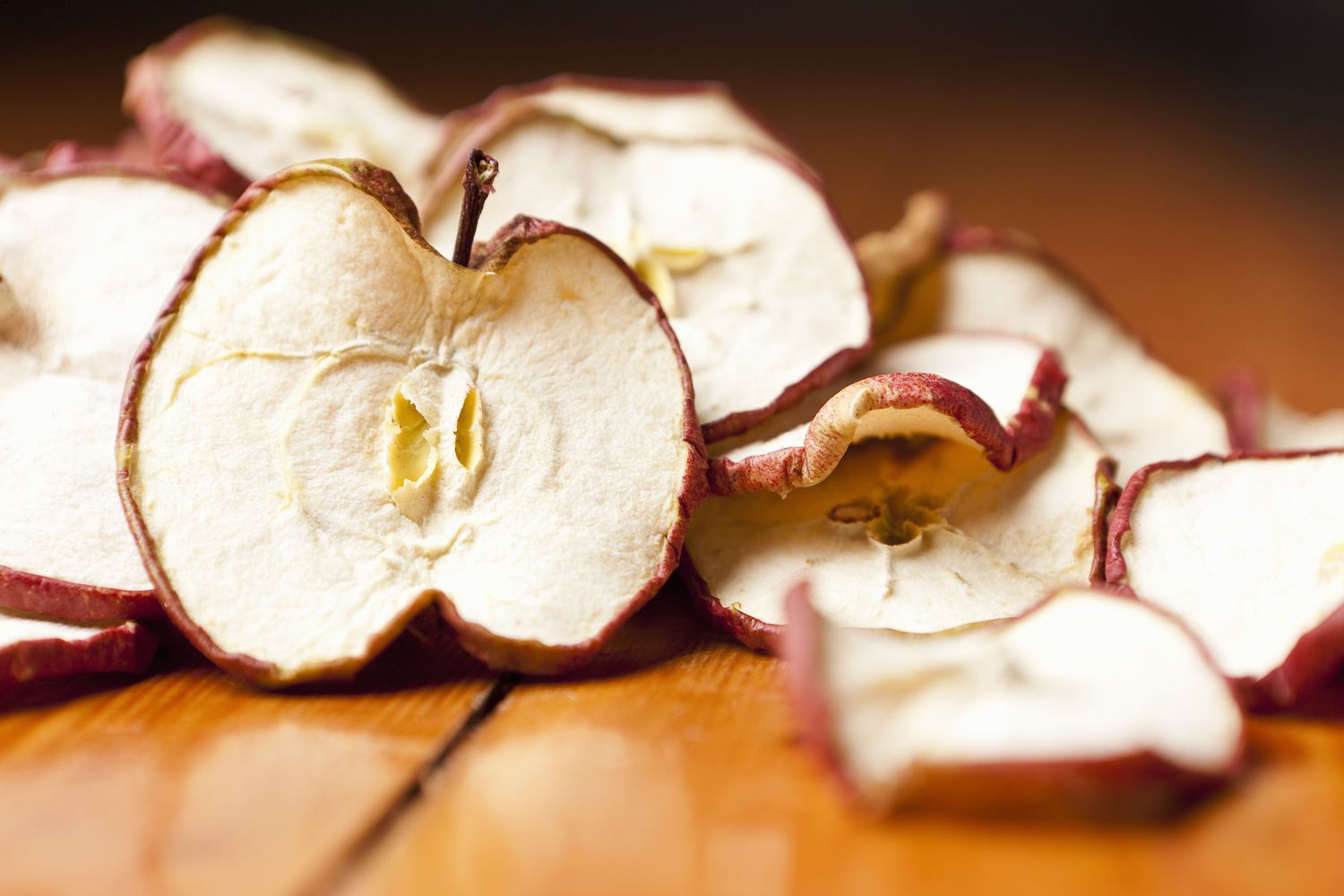
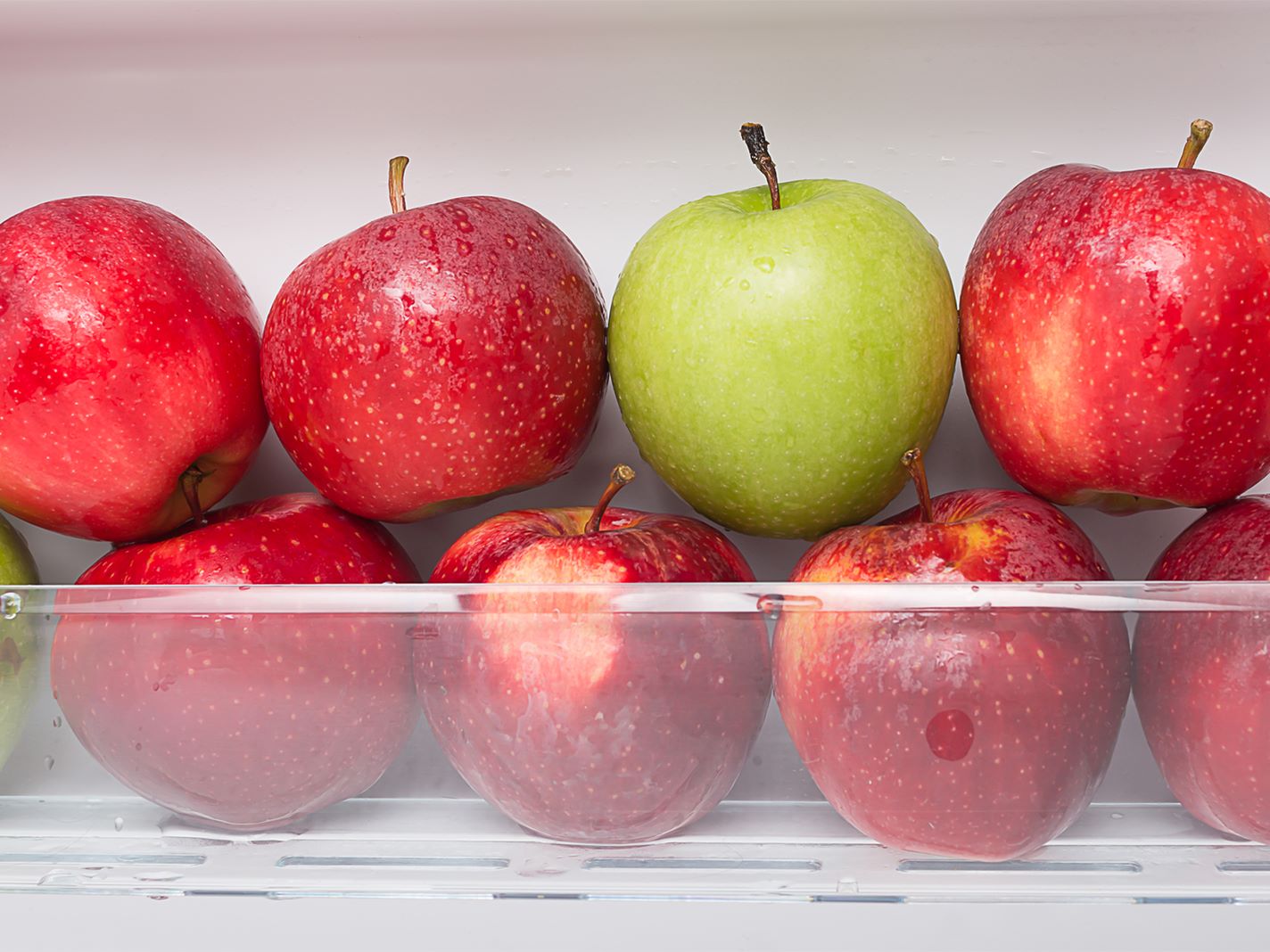
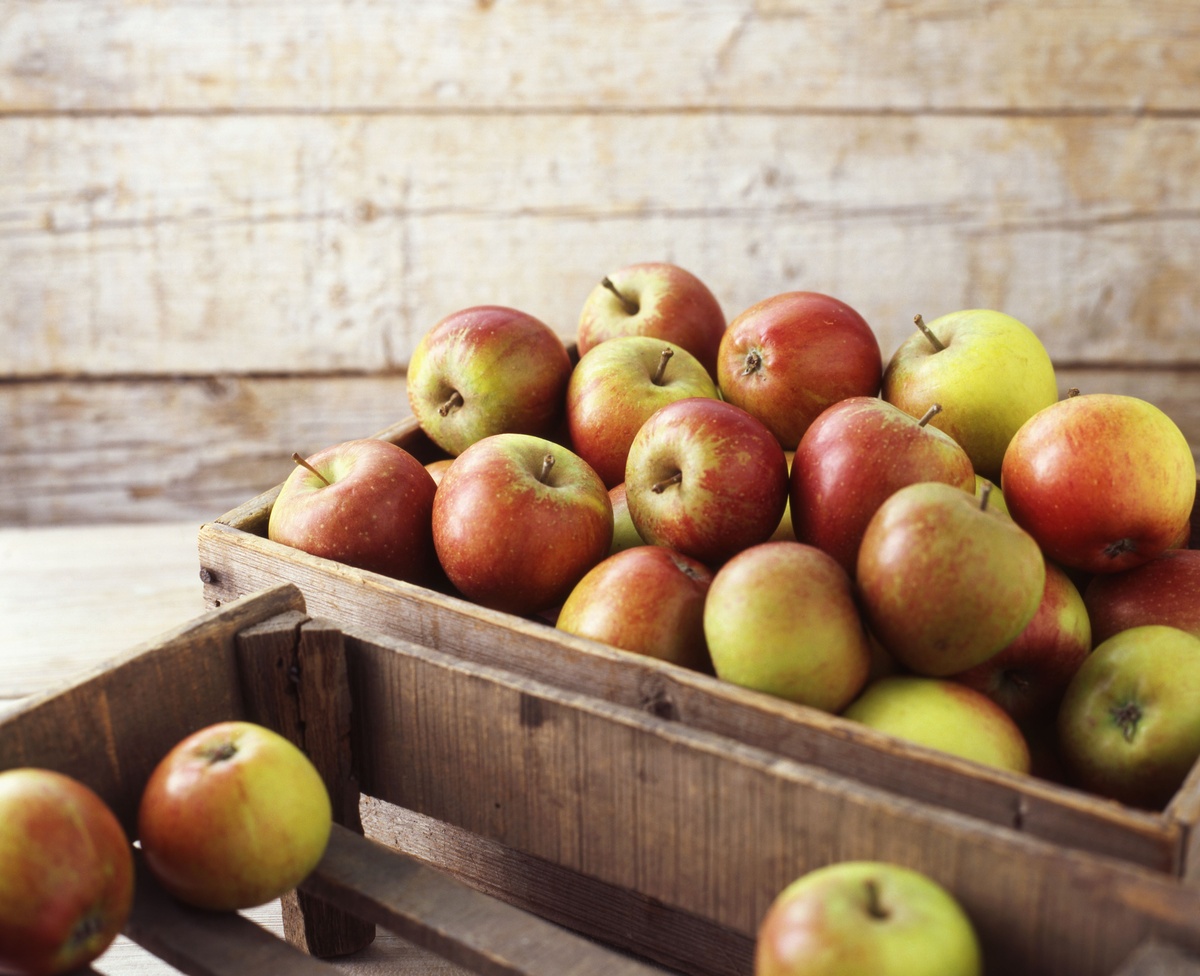

0 thoughts on “How To Store Apples After Picking”